Planting
The main passion fruit producers worldwide are Brazil, Colombia, Ecuador, Peru and Vietnam.
Passion fruit cultivation (Pasiflora edulis var. Flavicarpa Degener). The fruit is commercialized in national and international markets as fresh and processed fruit (Lima and Cunha, 2004).
Passion fruit cultivation must take into account the following:
Types of soil
Passion fruit adapts to different soils as long as they are deep and fertile, however the best ones are loose, well drained, without salinity problems. Very heavy and poorly permeable soils susceptible to waterlogging are not recommended, since it facilitates the appearance of diseases such as the Fusarium or dry rot on the root neck. In certain cases sowing can be done with a 10% slight slope with a prior adaptation thereof. The best soils for this crop are the francs, with good moisture retention capacity and a pH between 5.5 and 7.0. The texture of the soil can influence the size and weight of the fruit.
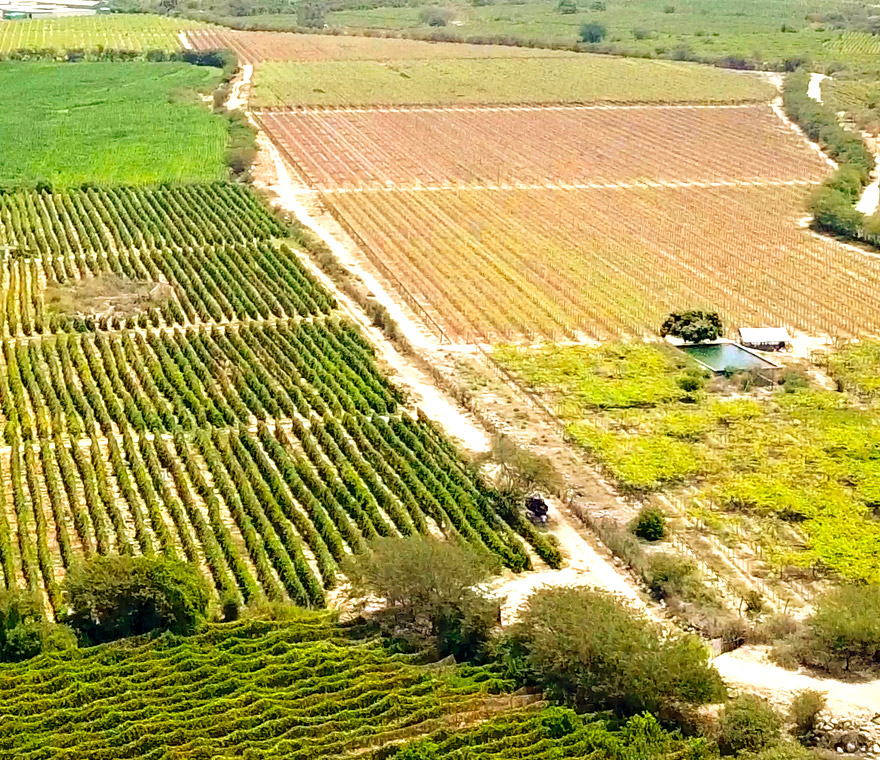
The seed and the plant nursery
Place 3 "selected" seeds at a depth of 1 cm, in perforated polyethylene bags of 25 cm x 15 cm, containing organic material substrate. After 10 to 15 days remove one plant per bag leaving the two most vigorous plants. Avoid "stress", the amount of irrigation is according to the needs of the plant, the climate of the area and the texture of the soil.

Stakes (Espaliers)
22 stakes placed at 2 m x 4 m distance between street and plant for one Ha. The material to be used would be a combination of a nacedero stake and cane 3 m long, in order to help the growing in wet. Areas. In dry areas 3 m x 2.5 m, making 21 stakes.
During this procedure, water the plants at least 2 times a week during the summer season. After 45 to 60 days, when seedlings are 20 to 35 cm height, they are ready for transplant.
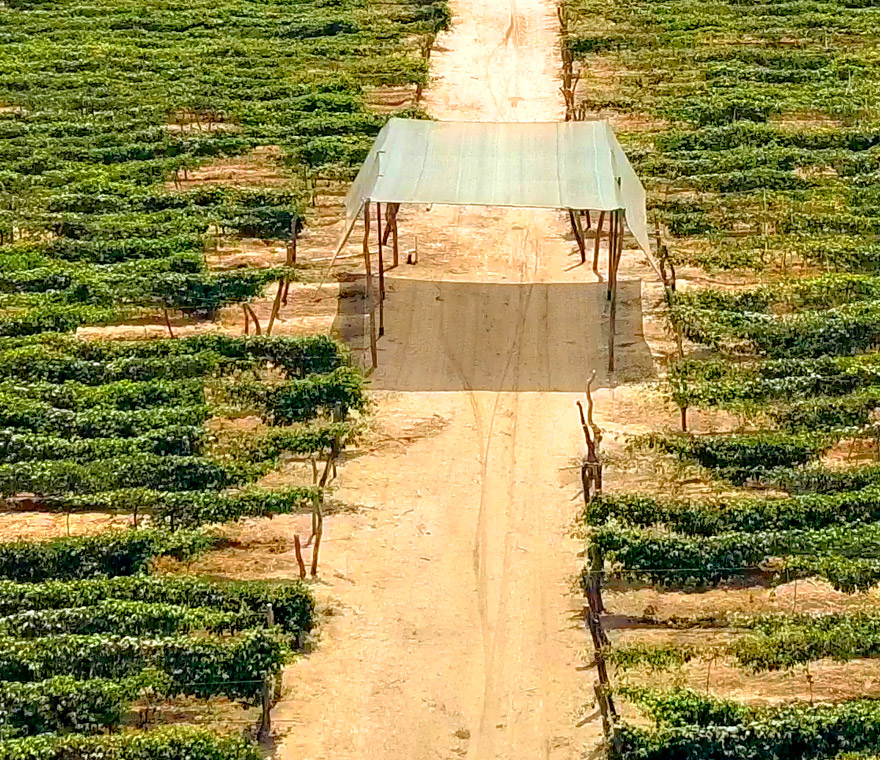
The transplant
Sow at a distance of 3m between rows and 4m between plants reaching 833 plants / has, the best moment for transplanting starts during the rainy season; during the dry season only if an irrigation system is available.
On flat ground is convenient to plow and pass the harrow 1 to 2 times to obtain optimal conditions, do not sow in lands that waterlog to avoid fungal diseases.
Before transplanting, make sure that the soil in the bag and that of the walls of the holes are wet, fill in the holes verifying that the neck of the plants is at ground level; then transplanting is completed. Shortly after transplanting, select the plants that are robust and strong.
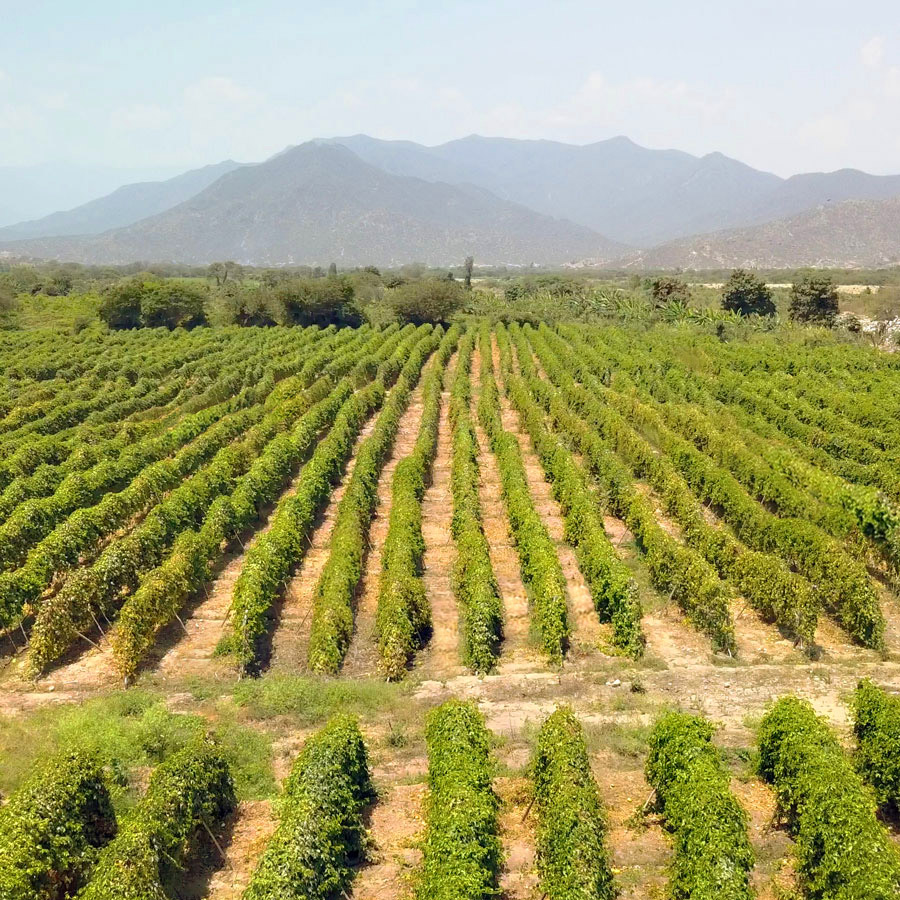
Plants and tutoring/guidance
Place the tutor so that the plants tangle in it and do not fall, tie the top end of the tutor to the wire.
Carefully attach the main stem to the tutor, do not squeeze them.
Plants will quickly reach the wire; to make it faster, prune lateral guides and leave the stem only.
Thereafter do not forget to remove the string otherwise it will strangle the plant.
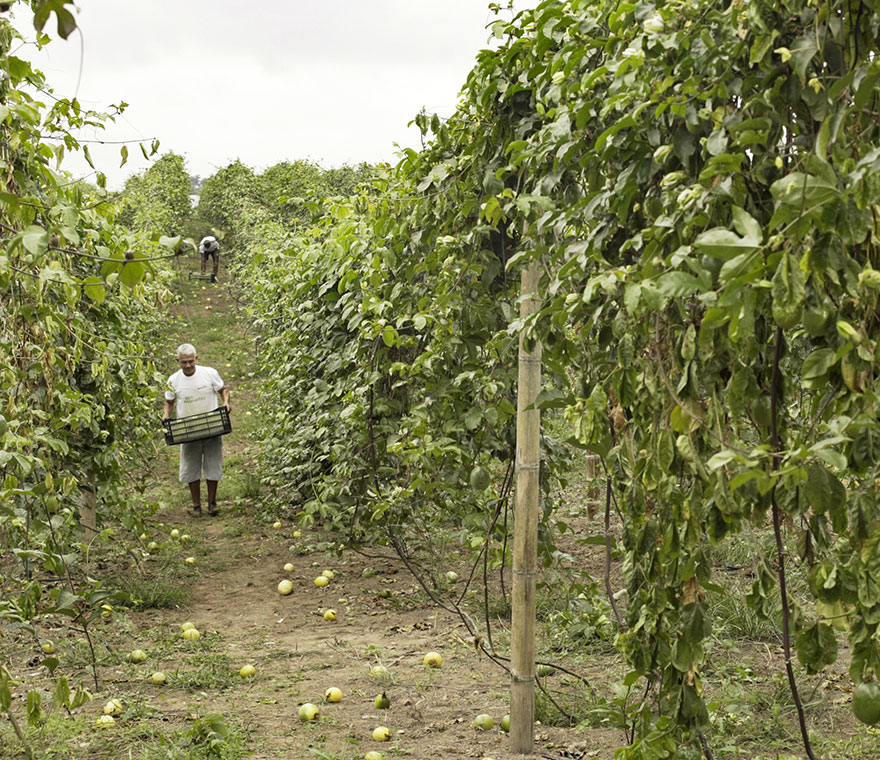

Pruning: There are several types of pruning
Shape or growth.
Between 15 or 20 days after the transplant, sucker or remove lateral shoots from the main stem to accelerate plant growth and leave the strongest stem until it reaches the wire.
Pruning the main stem.
It should not extend beyond 2 m in the wire to the right or left and avoid entanglement of the guides of the other plants.
Pruning lateral guides and curtain formation.
When the branches of the curtain develop in excess touching the ground, trim them 20 or 30 cm from the ground.
Selective pruning.
When the branch has produced fruits and will no longer produce more, or when it is observed that some branches have yellowed leaves.
Regeneration pruning.
Done after 2 to 3 crops, eliminating the branches that begin to dry.

Fertilization
It is important to maintain a sustainable fertilization program. The main nutrients for this crop are Nitrogen and Phosphorus. Best time to fertilize is during transplanting and before the beginning of the first flowering. (A soil analysis is recommended).
During the following years, it is advisable to fertilize at the beginning of the flowering or during the fruiting season. In addition to these nutrients, manganese, iron and zinc, followed by copper, boron and sulfur are recommended.
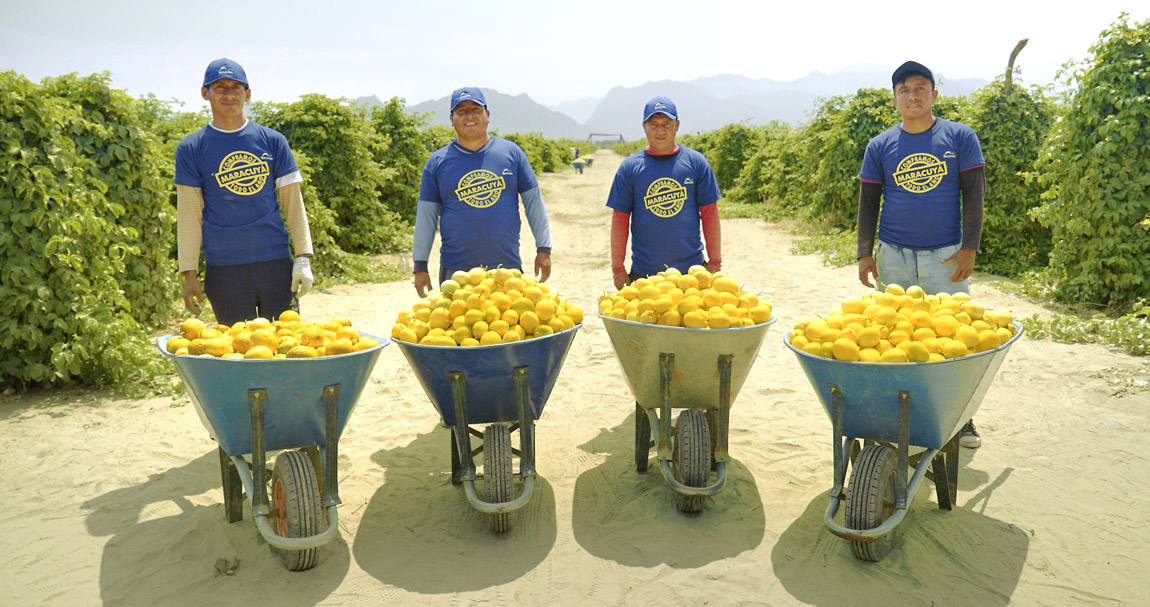
Harvest
Never harvest by plucking the fruits still hanging from the branches, just pick up the fruit that has fallen.
The harvest should not be collected at intervals of more than 2 days, it is preferable to do it every day.
The harvest begins 9 to 10 months after sowing in the Creole variety. Fruits ripen 60 to 70 days after pollination.
Quicornac technicians advise you from the beginning of planting so that you can get the most out of your plantation. Once the pepiteo starts, it is harvested every week, winter and summer.



